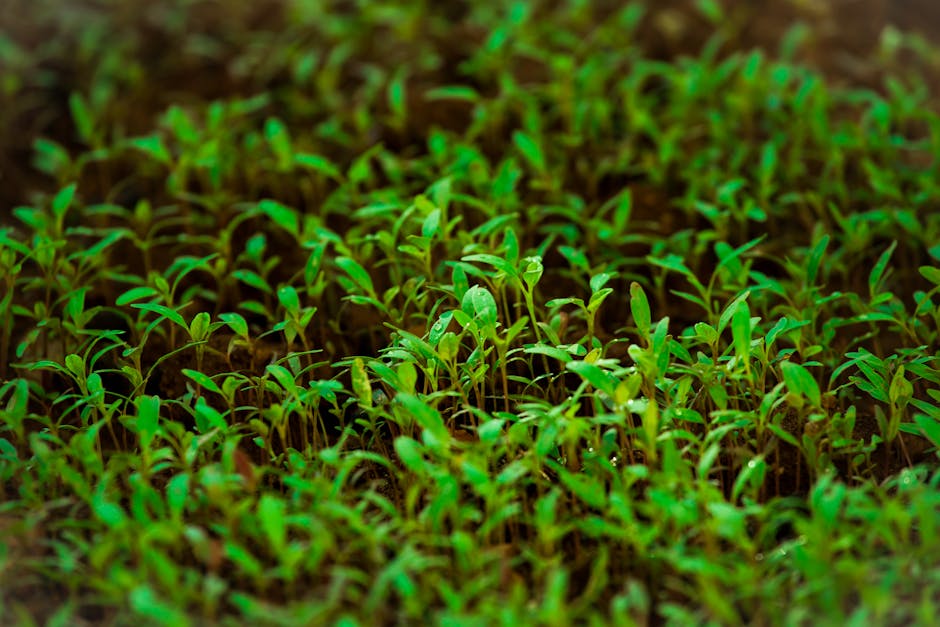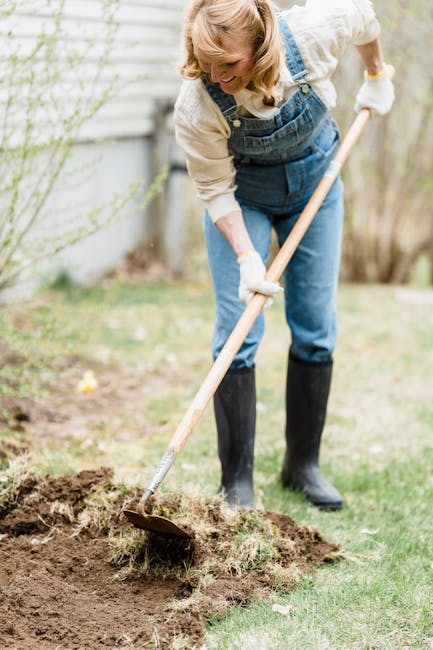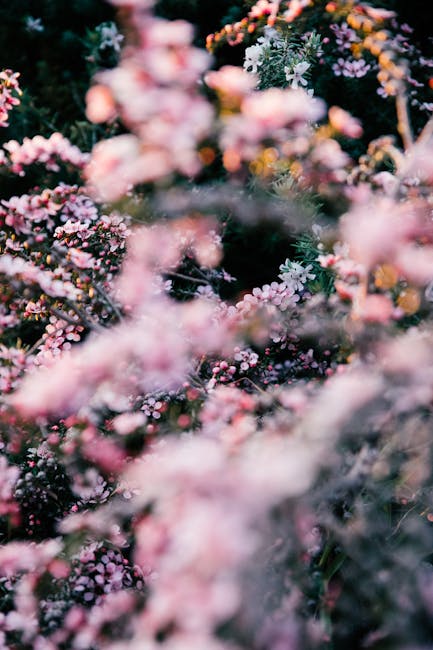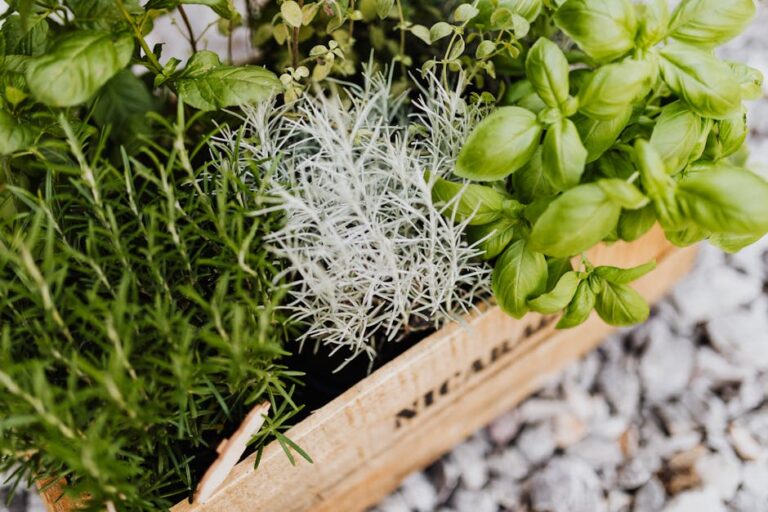Grow Your Own Garden Seed Stock: A Comprehensive Guide to Saving Seeds for Future Harvests
Grow Your Own Garden Seed Stock: A Comprehensive Guide to Saving Seeds for Future Harvests
Saving seeds from your garden is a rewarding and economical practice that connects you more deeply with your food source. It allows you to cultivate varieties you love, year after year, tailoring your garden to your specific needs and preferences. This comprehensive guide delves into the art and science of growing a garden seed stock, equipping you with the knowledge and skills to successfully save seeds and ensure a bountiful harvest for years to come.
Understanding Seed Saving Basics
Before embarking on your seed-saving journey, it’s crucial to grasp fundamental principles. Not all plants produce viable seeds for saving, and even those that do require careful attention to detail. Understanding plant pollination is paramount. Plants are either self-pollinating, cross-pollinating, or a combination of both.
Self-Pollinating Plants
These plants pollinate themselves, meaning the pollen from the flower fertilizes its own ovules. This makes seed saving relatively straightforward. Examples include tomatoes, peppers, beans, and peas. Seeds from these plants are generally true to type, meaning the offspring will closely resemble the parent plant.
Cross-Pollinating Plants
Cross-pollination occurs when pollen from one plant fertilizes the ovules of another. This is common in plants like squash, melons, and many flowers. Saving seeds from cross-pollinating plants can result in unpredictable offspring, as the genetic material is a mix from different plants. To maintain the desired traits, it’s essential to isolate these plants from other varieties.

Open-Pollinated vs. Hybrid Seeds
Open-pollinated seeds are from plants that are not genetically modified and can be saved and replanted with predictable results. Hybrid seeds, on the other hand, are the result of crossbreeding two different parent plants to create a plant with desirable traits. While hybrid plants often produce superior results, their seeds usually don’t produce plants with the same characteristics as the parent generation. Saving hybrid seeds is generally discouraged because the offspring will exhibit genetic variability.

Choosing Plants for Seed Saving
Select healthy, vigorous plants that represent the best characteristics of the variety. Avoid saving seeds from plants exhibiting disease, pest damage, or other undesirable traits. The plants you choose will form the foundation of your seed stock, so careful selection is crucial. For cross-pollinating plants, you need to ensure sufficient isolation to prevent unwanted cross-pollination.
Seed Saving Techniques
The process of seed saving varies depending on the type of plant. Here’s a breakdown of common techniques:
Saving Seeds from Tomatoes
Allow tomatoes to fully ripen on the vine. Once ripe, scoop out the seeds and place them in a container with a little water. Let the mixture ferment for a few days, allowing the pulp to break down. Rinse the seeds, remove any remaining pulp, and spread them to dry on paper towels. Store dried seeds in airtight containers in a cool, dark, and dry place.
Saving Seeds from Peppers
Similar to tomatoes, allow peppers to fully ripen on the plant. Slit open the pepper, scrape out the seeds, and allow them to dry thoroughly before storing in airtight containers.
Saving Seeds from Beans and Peas
Allow bean and pea pods to dry completely on the plant until they turn brown and brittle. Shell the pods and allow the seeds to dry further before storing.
Saving Seeds from Squash and Melons
These plants require more care due to cross-pollination. Isolate plants to prevent cross-pollination. Allow the fruit to fully ripen and then extract the seeds. Clean and dry the seeds before storing.
Saving Seeds from Flowers
The seed saving process for flowers varies greatly depending on the species. Some flowers have easily visible seeds in pods, while others require more intricate techniques. Research the specific requirements for the flower you are saving seeds from.
Storing Seeds
Proper storage is critical for maintaining seed viability. Use airtight containers to prevent moisture from entering. Store seeds in a cool, dark, and dry place, ideally with a temperature between 35-40°F (2-4°C). Label your containers clearly with the plant variety, date of harvest, and any other relevant information.
Testing Seed Viability
Before planting your saved seeds, it’s a good idea to test their viability. A simple germination test can provide an indication of how many seeds are likely to sprout. Place a sample of seeds on a moist paper towel, cover with another damp paper towel, and place it in a plastic bag. After a few days, check the seeds for sprouting. The percentage of seeds that sprout is an indicator of viability.
Troubleshooting Common Issues
Seed saving isn’t always straightforward. Common issues include:
- Poor Germination: This can be due to several factors, including improper drying, storage conditions, or poor seed quality.
- Cross-Pollination: This is a major concern for cross-pollinating plants, leading to unpredictable offspring. Isolate plants or hand-pollinate to prevent cross-pollination.
- Pest Infestation: Stored seeds can be susceptible to pests. Ensure seeds are completely dry before storage and store in airtight containers.
- Disease: If your plants suffered from disease, the seeds may also be affected. It’s best to avoid saving seeds from diseased plants.
The Benefits of Seed Saving
Saving seeds offers numerous advantages:

- Cost Savings: Buying seeds can be expensive. Seed saving reduces your gardening expenses significantly.
- Variety Preservation: You can maintain the varieties of plants you love, ensuring their continued availability.
- Increased Garden Diversity: Seed saving allows you to experiment with different varieties and increase the biodiversity of your garden.
- Environmental Sustainability: Seed saving reduces reliance on large seed companies and promotes ecological responsibility.
- Connection to Nature: Seed saving deepens your connection to the natural world and the cycle of life.
Conclusion
Saving seeds is a valuable skill that enhances your gardening experience and provides a sustainable source of seeds for future harvests. With careful planning, meticulous attention to detail, and a little patience, you can successfully grow your own garden seed stock and enjoy the fruits (and vegetables!) of your labor for years to come. Remember to research the specific needs of the plants you intend to save seeds from for optimal results.







